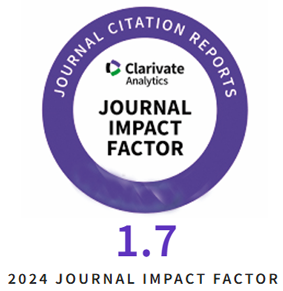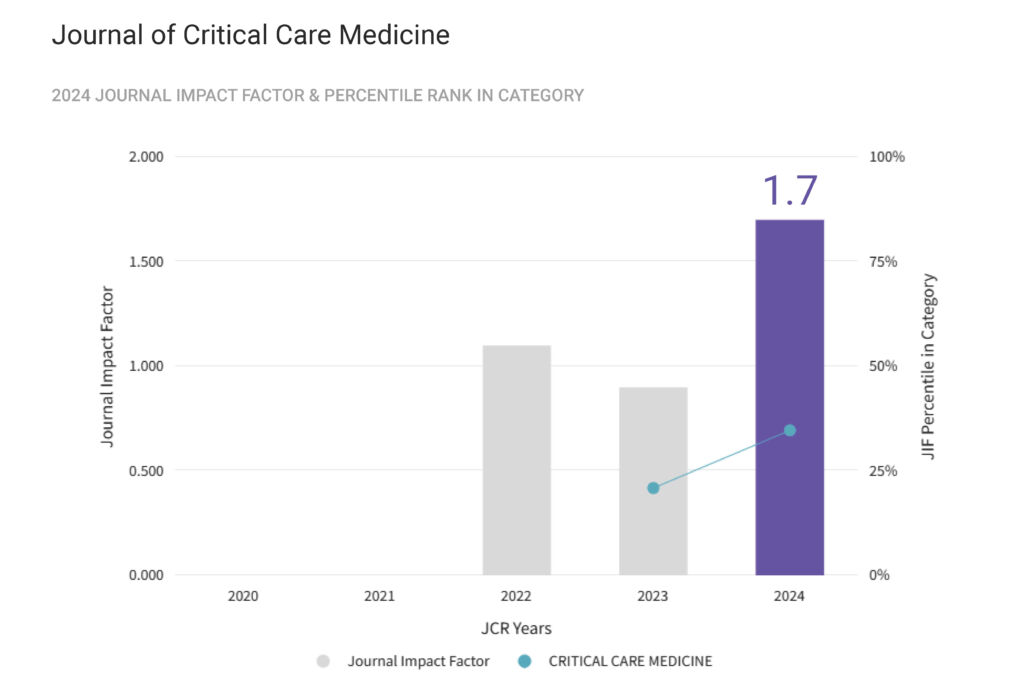Background: Numbers of elderly patients who are being admitted to the intensive care unit (ICU) are increasing; Among ICU patients, elderly patients represent a particular subgroup, with a proportion of up to 50% for patients aged 65 years and over, and on average about 35% of admissions for patients older than 70–75 years. Also, those aged 80 years and older represent around 15% of total ICU population. In Egypt, a study conducted in seven regions found that geriatric patients represent around 48.5% of total ICU admission. Elderly individuals are more susceptible to anemia due to multiple comorbidities and age related changes. Anemia is a common problem among critically ill elderly patients with serious consequences. It is recognized as an independent risk factor for increased mortality and morbidity. In fact, anemia is the most prevalent hematologic disorder in the ICU. The prevalence of anemia among critically ill patients admitted to the ICU ranges from 60 to 66%. Approximately 60% of critically ill patients are anemic at admission, and an additional 40–50% develop anemia during their ICU stay. The condition is particularly common among older patients. Low hemoglobin (Hb) concentrations are associated with prolonged ICU and hospital stays , as well as increased mortality rates. Therefore, anemia is consequently a significant public health issue from the medical and economic perspectives. Aim: To compare outcomes between anemic and non- anemic critically ill elderly patients admitted to the Geriatric ICU at Ahmed Shawky geriatric Hospital, Ain Shams University hospitals.
Subjects and methods: A Prospective cohort study was conducted on two hundred sixteen elderly patients of both sexes aged 60 years old or older. It was carried out in the geriatric ICU at Ahmed Shawky geriatric Hospital, Ain Shams University Hospitals. Data collection included participants demographics, medical history, full labs assessment and anemia evaluation based on hemoglobin level, Severity of illness was assessed by validated scoring systems, including the Sequential organ failure assessment (SOFA score) on the first day of admission, as well as Acute physiology and chronic Health Evaluation (APACHE II, APACHE IV). Additionally, the Mortality Probability Model Score (MPM0-III) was applied at first day of admission, 48hours and 72 hours following ICU admission. Anemia management strategies were documented, including the use of blood transfusions, iron therapy and other supportive treatments. Clinical outcomes assessed included ICU length of stay, Site of discharge, in- hospital Mortality and the incidence of Hospital acquired infections.
Results: On admission 172(79.6%) of studied subjects were anemic, (90)41.7% had mild anemia, 56(25.9%) had moderate anemia and 26(12%) had severe anemia. Anemic patients showed significantly higher SOFA, MPM 24hrs, MPM 48hrs, MPM 72hrs, APACHE4, SAPSIII, extended hospital stays, and increased rates of hospital acquired infections(P<0.05). Predicators of mortality included the severity of anemia, the need for mechanical ventilation, and thrombocytopenia (P<0.001). However, anemia on admission to ICU was not a direct predictor of in- hospital mortality. Regarding management of anemia: seventy three (33.9%) of the anemic subjects received blood transfusion. Fourteen (6.5%) received either enteral or parental iron therapy, 20(9.3%) of studied subjects were given erythropoietin, 3(1.4%) of them were given vitamin B12 and folic acid.
Conclusion: On admission, 79.6% of critically ill elderly patients had anemia. The presence of anemia in this population was associated with prolonged ICU stays, increased in-hospital mortality and a higher risk of hospital acquired infections.
Comparative analysis of outcomes between anemic and non-anemic critically ill elderly patients in a geriatric ICU in Egypt: A focused study
DOI: 10.2478/jccm-2025-0028
Full text: PDF










